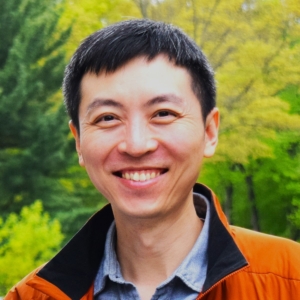In this study, we explored surface-enhanced Raman spectroscopy (SERS) for analyzing red wine through several facile sample preparations. These approaches involved the direct analysis of red wine with Raman spectroscopy and the direct incubation of red wine with silver nanoparticles (i.e., AgNPs) and a reproducible SERS substrate, the AgNP mirror, previously developed by our group. However, as previously reported for red wine analysis, the signals obtained through these approaches were either due to interference of the fluorescence exhibited by pigments or mainly attributed to a DNA fraction, adenine. Therefore, an innovative approach was developed using solvent extraction to provide more characteristic information that is beneficial for wine chemical profiling and discrimination. Signature peaks in the wine extract spectra were found to match those of condensed tannins, resveratrol, anthocyanins, gallic acid, and catechin, which indicated that SERS combined with extraction is an innovative method for profiling wine chemicals and overcoming well-known challenges in red wine analysis. Based on this approach, we have successfully differentiated three red wines and demonstrated the possible relation between the overall intensity of wine spectra and the ratings. Since the wine chemical profile is closely related to the grape species, wine quality, and wine authentication, the SERS approach to obtain rich spectral information from red wine could advance wine chemical analysis.


